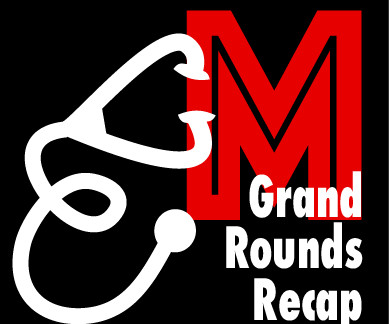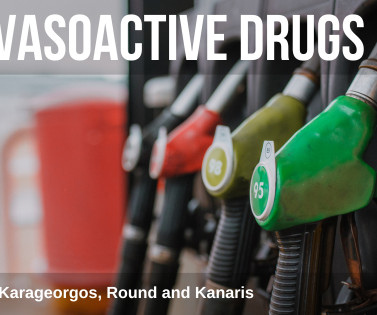EM@3AM: Brainstem Strokes
EMDocs
MAY 11, 2024
Answer : Brainstem stroke specifically in the pons resulting in locked in syndrome. CT head without contrast 1 is performed and reveals the following: Question: What is the diagnosis?

EMDocs
MAY 11, 2024
Answer : Brainstem stroke specifically in the pons resulting in locked in syndrome. CT head without contrast 1 is performed and reveals the following: Question: What is the diagnosis?

Pediatric EM Morsels
JULY 21, 2023
Motor Fingernail bed pressure with a pencil first If flexion outcome, then apply painful stimulus to neck or head (trapezius or supraorbital notch) to look for localization Spinal reflex can result in a falsely elevated score if lower extremity pain induced Verbal Orientated- Able to answer all questions. A practical scale. PMID: 4136544.
This site is protected by reCAPTCHA and the Google Privacy Policy and Terms of Service apply.

Taming the SRU
JULY 25, 2024
Femoral nerve block case review - morbidity & mortality - community practice - r2 Clinical pathologic case - visual diagnosis - when time matters - operational aspects of stroke care Femoral nerve Block Case Review WITH dr. stolz Why do we care about regional anesthesia, specifically femoral nerve blocks?

EMDocs
OCTOBER 21, 2023
Answer : Basilar Artery Occlusion Epidemiology: Basilar artery occlusion (BAO) is a subset of the posterior circulation strokes. Posterior circulation strokes are estimated to account for 20% of all strokes, with BAO accounting for ~1% of all strokes. Symptoms may range from days to months prior to stroke onset.

RebelEM
JUNE 26, 2023
Interventions such as early application of hemorrhage control, tranexamic acid, reduction of crystalloid fluid administration and balanced ratio blood product transfusion have improved many patients’ outcomes. However, mortality still remains high due to trauma-induced coagulopathy. Severe acute traumatic coagulopathy = PT >1.5

ACEP Now
JULY 7, 2023
2,3 In general, patients who develop cardiac arrest with an initial rhythm of VT or VF tend to have favorable outcomes compared to patients who develop cardiac arrest from either asystole or pulseless electrical activity. Heart disease and stroke statistics-2022 update: A report from the American Heart Association. Circulation.

Don't Forget the Bubbles
NOVEMBER 27, 2023
The amount of blood that comes from the heart with each contraction is the stroke volume (SV). The stroke volume is the difference between how full it is at the start and how full it is after a contraction. The next element of stroke volume is the emptying. Adrenaline and noradrenaline both work at α and β receptors.
Let's personalize your content